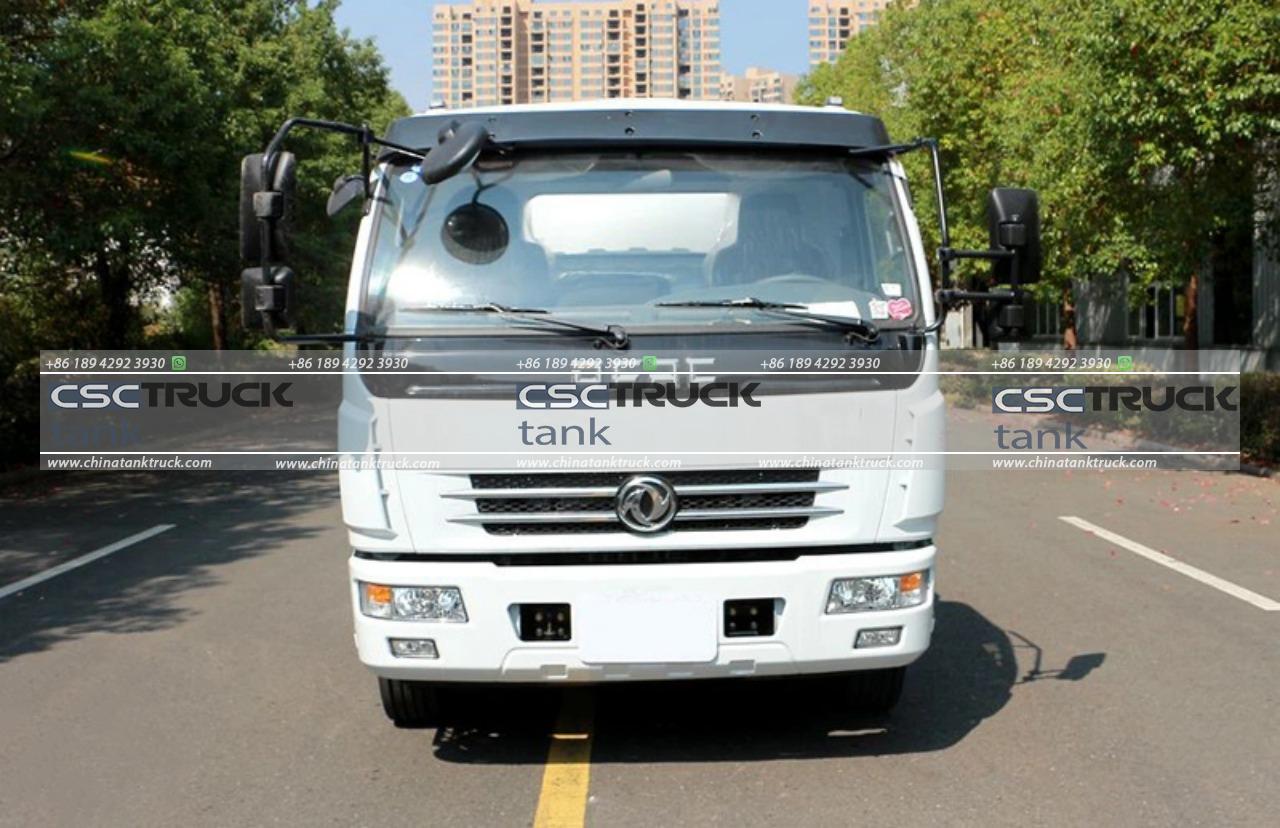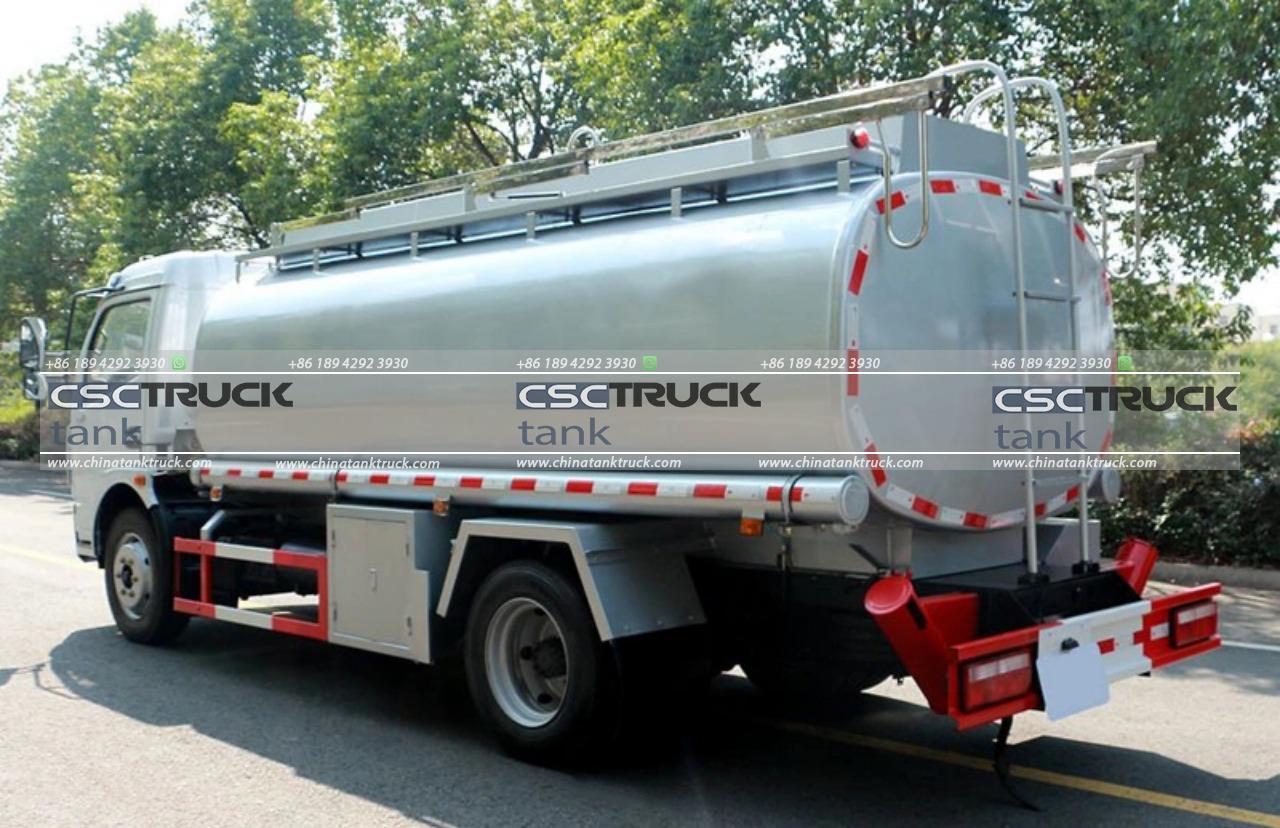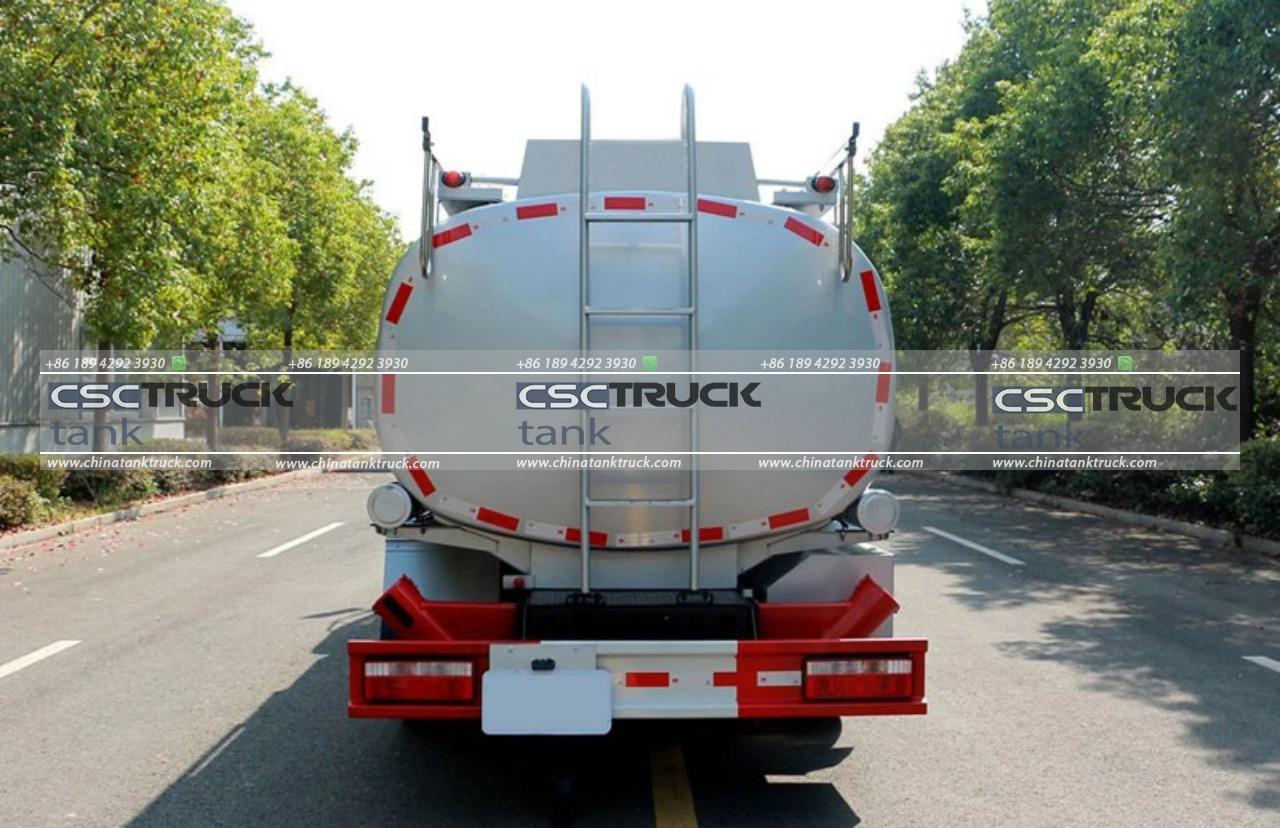What Class is a Tanker Truck?
Tanker trucks play a crucial role in the transportation of liquids and gases across various industries, from fuel to food products, chemicals, and even water. They are engineered with specific design features and capabilities that allow them to carry large amounts of liquid safely and efficiently. Given the diverse types of tanker trucks and the need for categorization based on their capacities and purposes, they fall under different vehicle classes within the U.S. Department of Transportation (DOT) classification system. Understanding these classes helps in identifying their load capacities, regulatory requirements, and the conditions under which they operate. In this article, we’ll explore the classification of tanker trucks, their purposes, and the factors that define their classes.
Understanding Vehicle Classification
In the United States, the Federal Highway Administration (FHWA) classifies commercial vehicles into eight different weight classes, from Class 1 to Class 8. This classification is based on the Gross Vehicle Weight Rating (GVWR), a measure that represents the maximum weight a vehicle can safely carry, including its weight, cargo, and passengers. The classes are often grouped into 3 main categories:
1. Light-duty (Class 1–3): Vehicles with a GVWR of up to 14,000 pounds.
2. Medium-duty (Class 4–6): Vehicles with a GVWR ranging from 14,001 to 26,000 pounds.
3. Heavy-duty (Class 7–8): Vehicles with a GVWR above 26,001 pounds.
Each class has specific applications and design specifications, suited to the vehicle’s intended role and operational demands. Tanker trucks typically fall within the medium-duty to heavy-duty categories due to the need to carry large amounts of liquid or gas and the weight associated with these loads.

Tanker Truck Classes and Specifications
1. Class 5 and 6 Tanker Trucks (Medium-Duty)
Class 5 and 6 are usually considered medium-duty and may include smaller tanker trucks used for local deliveries or specialized industries, like agriculture or light fuel transport. Their GVWR ranges from 16,001 to 26,000 pounds, making them suitable for moderate loads and easier maneuvering in urban areas. Key features of these classes include:
– Capacity: These trucks can typically carry between 1,000 to 4,000 gallons, depending on the density of the liquid and the specific truck design.
– Purpose: Commonly used for distributing water, septic waste, and small-scale fuel delivery. They may also serve local areas where larger trucks would be impractical.
– Regulations: While still subject to safety regulations, they do not always require a commercial driver’s license (CDL) unless the cargo is hazardous.
Due to their smaller size, Class 5 and 6 tanker trucks are typically found on city streets, handling local deliveries. Their design usually incorporates shorter wheelbases and may lack some of the features of larger tanker trucks.
2. Class 7 Tanker Trucks (Heavy-Duty)
Class 7 tanker trucks are heavy-duty vehicles with a GVWR ranging from 26,001 to 33,000 pounds. These trucks bridge the gap between local delivery vehicles and the larger, long-haul tankers, often serving regional routes. Key characteristics include:
– Capacity: They can carry up to 6,000 gallons, with tanks built to transport fuel, chemicals, or other specialized liquids.
– Purpose: Typically used for short-to-medium haul routes, often transporting fuel to gas stations, delivering chemicals to industrial facilities, or moving other liquid commodities over relatively shorter distances.
– Design and Features: Class 7 tanker trucks have reinforced suspensions and braking systems to handle heavier loads and are built to comply with stricter regulatory standards.
– Regulations: Drivers of Class 7 tankers are required to have a CDL, and in cases where hazardous materials are transported, an endorsement (such as a hazmat endorsement) is necessary.
Due to their significant carrying capacity and their compliance with safety regulations, these tanker trucks can handle moderately heavy loads efficiently.
3. Class 8 Tanker Trucks (Heavy-Duty)
Class 8 is the highest weight class, covering trucks with a GVWR above 33,001 pounds. Tanker trucks in this class are typically the largest and most powerful, designed to carry the heaviest liquid loads across long distances. They are often used in industrial applications, cross-country transport, and high-demand sectors like fuel distribution and chemical delivery.
– Capacity: Class 8 tanker trucks can carry anywhere from 6,000 to 11,000 gallons, depending on the tank design and liquid density.
– Purpose: Ideal for long-haul transport of fuel, chemicals, food-grade liquids, and other high-volume products. Many oil companies and chemical distributors use Class 8 tankers for bulk deliveries.
– Design and Features: Class 8 tankers are built for durability and high safety standards. They include advanced suspension systems, braking systems, and stability features. These trucks may be equipped with multiple compartments to allow for the safe separation of different liquid types if needed.
– Regulations: Due to the heavy and potentially hazardous nature of their cargo, Class 8 tanker trucks must comply with stringent regulations. A CDL with specific endorsements, such as hazmat or tanker endorsements, is required for drivers. Additionally, federal and state agencies impose safety standards that govern their operation, route selection, and maintenance.
Class 8 tankers are often operated by specialized trucking companies and require experienced drivers due to their size, weight, and the nature of the cargo they carry.

Factors Determining a Tanker Truck’s Class
Several factors determine the classification of a tanker truck, including:
1. Gross Vehicle Weight Rating (GVWR): The GVWR is the primary factor in classifying tanker trucks, as it directly influences the truck’s capability to carry heavy liquid loads. Higher GVWRs indicate heavier-duty trucks capable of transporting larger quantities.
2. Type of Liquid or Material: Some tanker trucks are specially designed to transport hazardous materials, while others are equipped for food-grade products, water, or even waste. Hazardous materials require enhanced safety features and regulatory oversight, often resulting in a higher class designation.
3. Tank Size and Design: Tank size affects a truck’s carrying capacity and, subsequently, its classification. Larger tanks are usually reserved for Class 7 and Class 8 trucks, allowing for bulk transport and efficient logistics for large-scale delivery needs.
4. Regulatory Requirements: The U.S. Department of Transportation and state agencies regulate tanker trucks to ensure safe transport. Regulatory requirements often dictate driver qualifications, vehicle maintenance, and even routes that can be taken.
Common Uses of Tanker Trucks by Class
– Class 5–6: Used for local delivery of small volumes, such as water, light fuel, or waste in urban areas.
– Class 7: Serves as an intermediate solution for regional fuel or chemical distribution, with a larger capacity than smaller trucks but still manageable in shorter routes.
– Class 8: Primarily handles long-haul transport of fuel, chemicals, or bulk liquids, as well as food-grade or pharmaceutical products that require high-capacity, safety-oriented tanker trucks.

Conclusion
The classification of a tanker truck depends on its GVWR, the type of cargo it is designed to carry, and regulatory requirements. Ranging from Class 5 to Class 8, these trucks are designed to meet specific logistical and operational needs within industries that rely on safe and efficient liquid transport. Whether handling small-scale deliveries in urban areas or bulk distribution across long distances, each class of tanker truck serves a unique role, ensuring that liquid materials are transported safely and reliably. Understanding these classifications not only helps in selecting the right vehicle for the job but also ensures compliance with industry standards and safety protocols.

